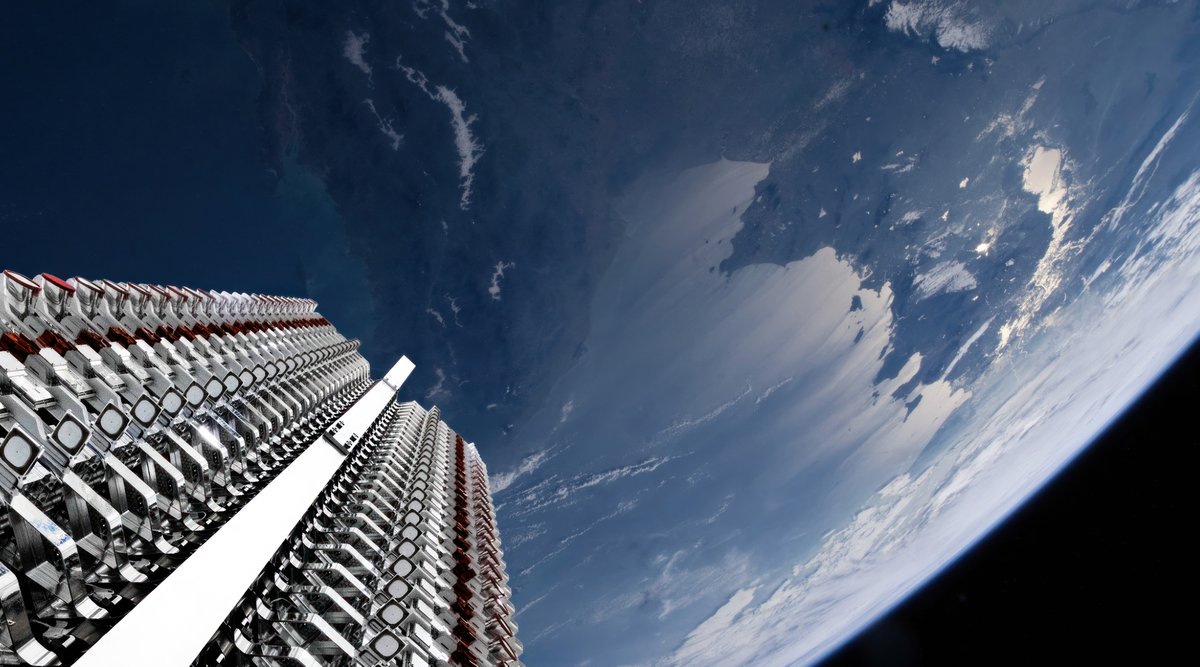Here’s how Russia aims to challenge Musk’s Starlink with Sfera

Russia aims to deploy around 2,600 satellites into orbit by 2036. This is the goal outlined by Yury Borisov, the head of the Roscosmos space agency. But is Moscow's ambitious program feasible? Facts, numbers and expert commentary
Moscow will challenge the Starlink and Oneweb satellite constellations with its own called Sphere.
It was June 2018 when Russian President Vladimir Putin announced the Sfera program, a constellation of satellites for communications and remote sensing of the Earth. According to Dmitry Rogozin, the former director general of the Russian space agency Roscosmos, the program will create five satellite constellations for telecommunications services and another five for remote sensing. The program's first satellite, Skif-D, was launched on October 22, 2022.
Now Russia aims to deploy around 2,600 satellites from the Sfera program into orbit by 2036. This is the objective outlined by Yury Borisov, current head of the Roscosmos space agency. But is it achievable?
All the details.
THE SPHERE PROJECT OF RUSSIA
Roscosmos launched Skif-D – the first satellite of the new Sfera multisatellite constellation – on a Soyuz-2.1b medium-lift rocket from the Vostochny spaceport in the Russian Far East on 22 October 2022.
Previously, Roscosmos had tried to launch more than 600 systems into space as part of this project, but budget cuts prevented this. The agency is now targeting 360 satellites, although Borisov said the target should be at least 1,200.
The government agreed to approve 180 billion rubles ($2 billion) for 162 satellites. However, so far the state has allocated 95 billion rubles, and a strategy aimed at further developing the national communications sector until 2035 involves the launch of six geostationary satellites, notes Defense News .
While Borisov spoke on July 3 of a production goal of at least 250 satellites per year for various purposes, the country currently produces around 15 per year, despite an existing capacity to produce around 40 per year, the newspaper further specifies specialized in American defense.
UNREALISTIC OBJECTIVE ACCORDING TO A CEPA EXPERT
In light of these facts, will Russia be able to have over 2,500 Sfera satellites in orbit before 2036?
Roscosmos' goal is unrealistic, according to Pavel Luzin, a space policy expert at the think tank Center for European Policy Analysis (Cepa). He noted that the satellites will likely perform several functions, including optical observation, communications, meteorology, radar and television service.
“All serious satellites that Russia has launched into space since 2022 have been produced using imported Western electronic components purchased no later than the mid-2010s, before the first sanctions,” Luzin explained to Defense News , referring to the economic restrictions imposed to Russia following its full-scale invasion of Ukraine.
“It turns out to be a fundamental contradiction: Russia has a big problem with the production of satellites, but at the same time Russia declares that in just a couple of years it will be able to produce [250] high-quality satellites for various purposes all over the world. year and is already mastering the technologies of its conveyor belt production,” continued Luzin. “This simply doesn't happen.”
Russia can find components on the world market for the production of several satellites, but not enough to produce hundreds of them, Luzin added. “Company executives report that despite sanctions, the industry is alive, even though in reality they may not know where to find components for hundreds of satellites.”
THE EXPANSION OF STARLINK CONTINUES
If Roscomos aims to have a Starlink made in Russia, Sfera will have to catch up quickly.
In fact, the expansion of the constellation of SpaceX, Elon Musk's American aerospace company, continues. Since 2019, Starlink has expanded its low-Earth orbit network to more than 6,000 satellites, quickly positioning itself as the world's largest satellite operator and a rival to Viasat, OneWeb (acquired by Eutelsat), and Amazon Kuiper.
So Starlink has a big lead over its rivals by owning more than half of the satellites now in space, it is racing toward CEO Elon Musk's ambitious goal of launching a "megaconstellation" of 42,000 satellites by next year. In fact, the only certainty about the numbers of the constellation is the authorization obtained by SpaceX from the American federal communications authority to be able to launch a total of 12 thousand satellites.
This is a machine translation from Italian language of a post published on Start Magazine at the URL https://www.startmag.it/innovazione/ecco-come-la-russia-punta-a-sfidare-starlink-di-musk-con-sfera/ on Sat, 13 Jul 2024 06:45:07 +0000.
